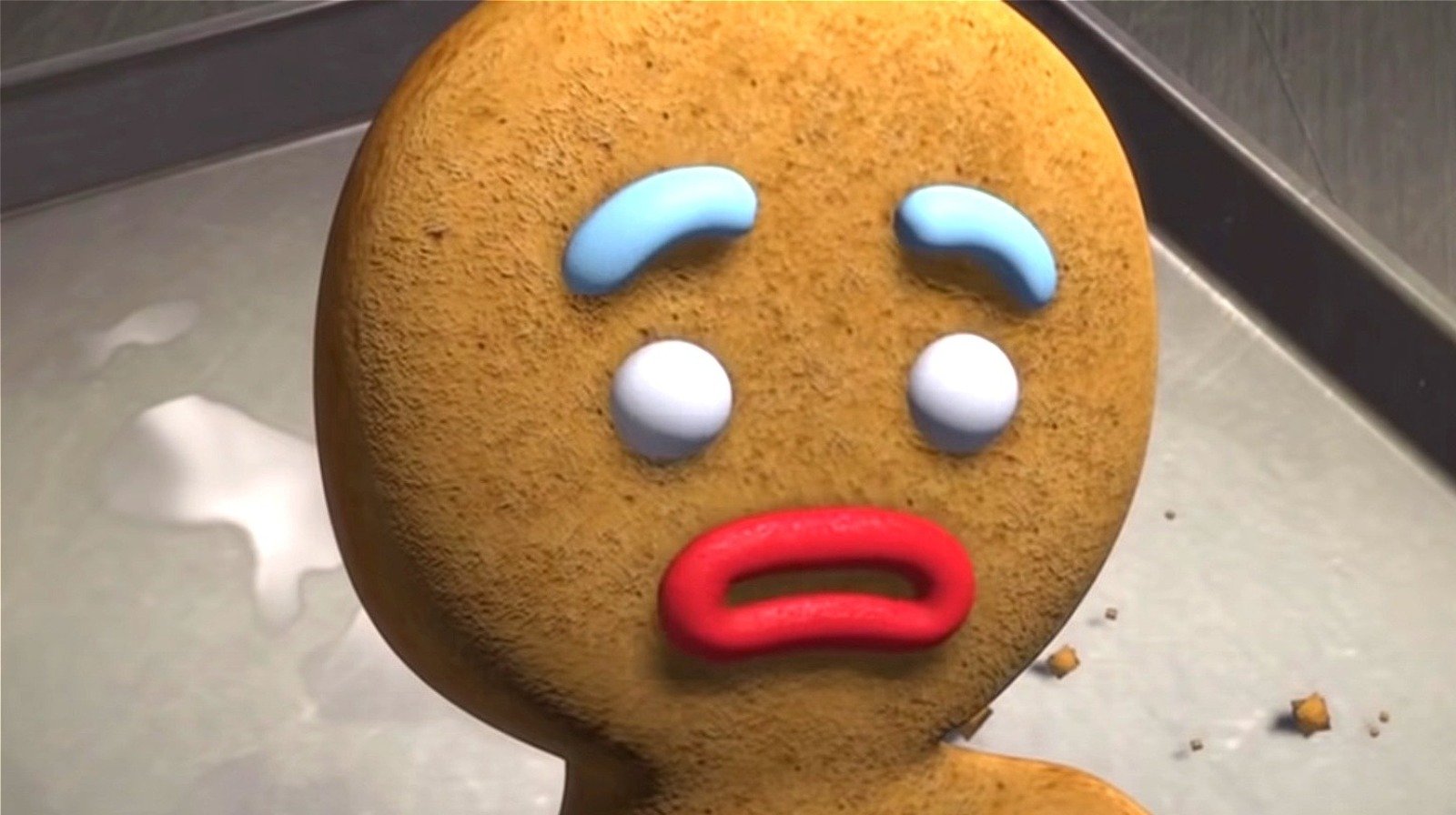The gay agenda claims another young mind. Tragic.
This is a problem in my country. They are replacing Math with Gay
Gay took err jerbs!
Being gay isn’t a valid excuse for being bad at math/logic.
Edit: only 2 people are good at math?
It’s not???
You don’t need calculus when you’re fabulous.
Calculate My sparkles bitch
I may be cishet but

Off topic but after like a decade of having seen the word “cishet” I just now realized that the het part means heterosexual
What were your previous guesses? Hetalia? Heated? Het Goede Doel*?
*Dutch pop group. Don’t ask me to pronounce it since I’m physically incapable of making those sounds in that order 😄
2 is smaller than three. I don’t see the issue. I mean, the teacher could have written both in either decimal or binary, but they, they got enough on their plates as it is, so let’s cut them some slack. The method the kid used is too sophisticated for me though. Some quantum computing mayhaps?
The argument presented here exemplifies a classic case of reductio ad absurdum.
Allow me to explain:
The task assigned is fundamentally flawed, as it instructs one to encircle the smallest number. This directive is inherently ambiguous, failing to specify whether it refers to the physical size, numeric value, the numerical system’s framework, or the contextual relevance. Such ambiguity renders the task unachievable by any individual, especially in the absence of precision tools.
The shape produced is tongue-in-cheek, as it is evidently not a true circle. The commentary accompanying it employs the reductio ad absurdum technique, referencing a rainbow. While a rainbow may appear circular and rounded, it is merely an optical illusion. This highlights the impracticality of the task, further emphasized by the irregular, non-circular depiction of the supposed rainbow, a direct consequence of the lack of sophisticated tools necessary for accurate execution.
Imagine getting this analysis by a 2nd grader
This kid is going places.
Ya, like back to school
You don’t need to go to school if you understand things like 10 is smaller than 2 because rainbow!
Good point
This wtfed me so hard. I’ll be going down a rabbit hole for the next day or two.
An additional thing you might want to look up is given color is a spectrum, some cultures have developed different sets of “basic colors” that are used in daily life.
For instance, Russian has a very common word “Голубой” which means light blue, and I personally remember being very confused as a kid learning English by a single word “Blue” presented in Eng. textbooks
Italian also has two distinct blues: azzurro for light and blu for dark
Here is an alternative Piped link(s):
Piped is a privacy-respecting open-source alternative frontend to YouTube.
I’m open-source; check me out at GitHub.
I am genuinely stumped about how to explain why 3 is smaller than 10 in a way that isn’t either “because it is” or requires early university math. And the moment we go to university maths all the comments about ambiguity are true and it’s unsolvable.
You gotta remember, numerals are just arbitrary symbols that we assign meaning to. To small children, you could rearrange the order of numbers and teach them to count to ‘10’ like “7, 4, 5, 1, 8, 3, 9, 2, 6, 70!” And to them it would make perfect sense.
The symbols dont have meaning til we assign them meaning. The teacher probably implemented some way of tying meaning to the symbols, such as using tally marks. The teacher repeats the exercise many times, and then gets the kid to repeat the exercise on paper. The answer to the question is probably “3 is smaller than 10 because ‘III’ has less than ‘IIIII IIIII’”
The number 10 was probably chosen because it contains the number 1, which is less than 3, and requires an understanding of base-10 numeral system.
Its more of an abstraction and repetition question than a math question. Its hard for us to understand why a child might struggle with this, but I do remember being corrected lots of times for writing my numbers and skipping 10. Id jump straight from 9 to 11. I felt that ‘10’ didnt make sense. I insisted that 10 doesn’t exist. That was one of the hardest years of college for me.
Do you think we use base 10 because we have 10 fingers?
Yes for sure. But it didn’t have to be that way. Other cultures used base 12 (egyptians) or base 60 (babylonians).
You can count to 12 on one hand using your finger segments, and can count to 60 with both hands, using your fingers as tally markers indicating 12, 24, 36, 48 and 60.
Ten fingers gives you either base six (one hand for zero magnitude, other hand for one magnitude) or base eleven (both hands for zero magnitude).
A number line, or any approximation, would work.
The problem sheet, or the one prior, likely have an example of the answer format as well.
Hm, how about “you can fit 3 into 10” or “if you take 3 away from 10, you still have something left over”?
I think my problem is that if you inversely asked why those are true, my answer would be “because 3 is smaller than 10”.
I think I’d just write something like “1+1+1=3, 1+1+1+1+1+1+1+1+1+1=10, there are clearly more 1s in 10”. But that also just feels like a “because i am defining 3 and 10 this way” = “because it is”. Though now that I think about it, that’s kinda just the simple version of the university level answer, it works i guess.
In reality I would hope anything somewhat sensible would be correct here anyway, since it’s more about making the child think about their answer than anything.
solution 1:
numbers 1 to 10 on the first row
arrow under 3 with text “smaller”
arrow under 10 with text “bigger”solution 2:
“10 has more numbers/digits”
Both would be - imo - thinkable and sufficient solutions at quite young age.
(keep in mind that this is before they get asked “is 5 divisible by 2” and “No” or “Only with remainder 1” are the expected answers.)
The “more digits” answer is the one I’d expect from a kindergarten kid
Honestly why is 3 smaller than 10 could be a philosophical question.
But I think to a 5 year old we just kinda want them to know that numbers can be added together to get bigger. Or maybe they really are supposed to be able to decode the structure of the universe wtf do I know I want to public school in the US
deleted by creator
Ten IS smaller than 3. No. 3 at least gets the bronze medal, what does 10 get? They explained it well with the rainbow. On top of the rainbow are 1, 2 and 3 and then all the lower numbers from 4 onwards are below them.
I like that explanation.
In [1]: print(min("3 10".split())) 10Ruby, 3 bytes
p 3Downvoted for completely ignoring the part where there should be input.
Get optimized
Downvoted for losing codegolf.
Ruby, 11 bytes
$><<$<.minInput: 3\n10 Output: 10Pretty sure I score double points for readability
Never question the rainbow mafia.








